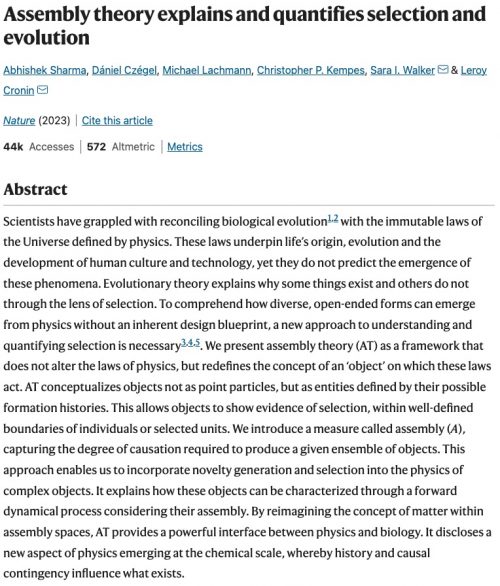The greatest mass extinction in the history of the world took place 250 million years ago, at the end of the Permian. 99% of all species died off at that time.
Popular opinion considers the Permian-Triassic extinction to have been triggered by volcanic eruptions that created the Siberian traps, and humanity to be the first technological civilization on Earth 250 million years later.
Oh. Popular opinion
says it was caused by formation of the Siberian traps. Except I have a big problem with that statement: Popular opinion
is mostly unaware of the traps, has no idea when the Permian occurred or what happened there, and would be clueless if you asked the average pedestrian what caused the extinction. Popular opinion
is irrelevant.
What matters is the evidence that geologists bring to bear on the question. The Siberian traps are real, the massive lava flows that created them too place right around the Permian-Triassic boundary, and they are likely to have been a major contributor to the extinctions — there may have been other factors as well, but look at the scale of the catastrophe that we know occurred coincident with the end of the Permian.
That’s not opinion, that’s real. I’d rather listen to the evidence given by geologists than the weird-ass speculations of a weird-ass physicist.
Yeah, Avi Loeb has an alternative “hypothesis.”
Is it possible that the devastating global warming event was caused 252 million years ago by industrial pollution from a technological civilization? This would have required first intelligence to emerge only 6 percent earlier in the 4,540-million-year history of Earth.
Wait, so geology is an opinion
, but this dumb brain fart is worth considering? He even admits that he has no evidence whatsoever for this claim.
Any technological infrastructure left on the surface of Earth from that early civilization could have been demolished by geological activity including subduction, covered by water or tarnished by meteor impacts and weathering.
Instead, he suggests that vague reports of unidentified objects supported by daft nebulous statements from politicians are best interpreted as relics from intelligences that destroyed vast swathes of Planet Earth a quarter of a billion years ago.
The Director of National Intelligence, Avril Haines, submitted two recent reports in 2022 and 2023 to the US Congress, admitting the existence of Unidentified Anomalous Phenomena (UAPs) whose nature is unclear, some of which exhibiting trans-medium maneuvers between air and water. Could these relics be evidence for a civilization that predated us on Earth 252 million years ago?
This possibility would overcome the challenges associated with UAPs arriving to Earth through interstellar travel and the puzzle of why such UAPs are here right now despite the vastness of cosmic space and time.
And if I had a slice of ham I could have a ham sandwich if I also had some bread. He’s got no evidence of an alien civilization, and he’s got no evidence that UAPs exist as material technological phenomena, but slap those two dumb ideas together, and he thinks he has something. He’s an incredibly bad scientist.
This is a familiar progression, though, if you’ve watched the UFO fashions come and go. First they were spaceships from Mars, then they were from distant stars, then they were vessels from the Hollow Earth, then they were psychic manifestations piloted by Bigfoot, etc., etc., etc. They’re all just fever dreams from fanatical weirdos, like Loeb.
You just gotta…

















